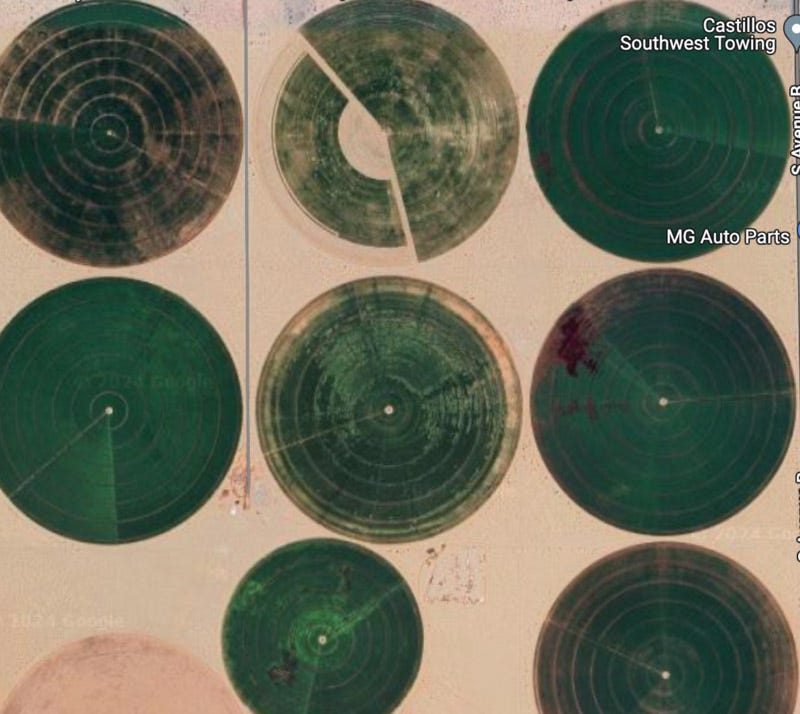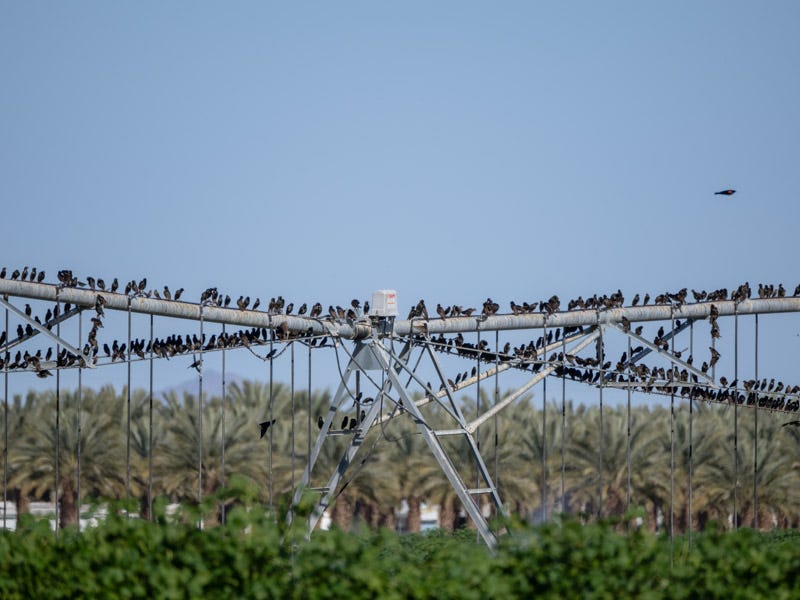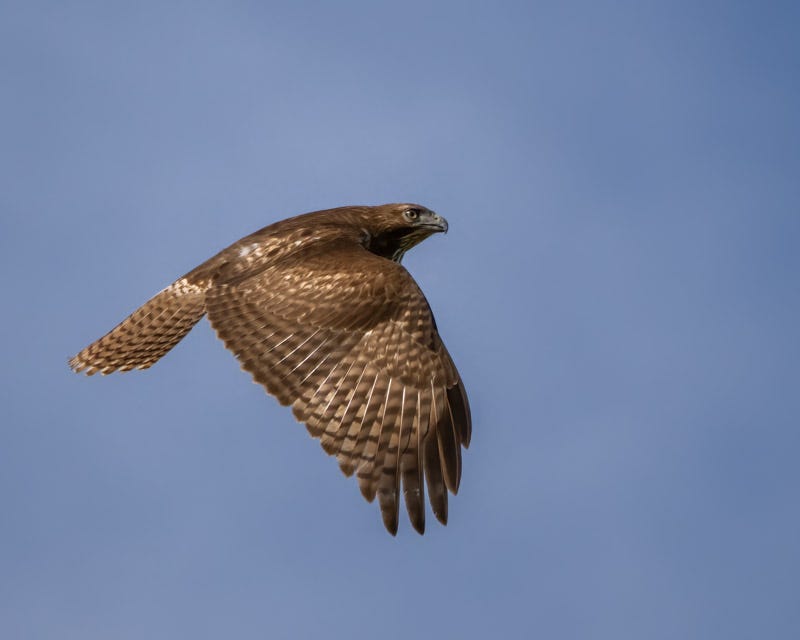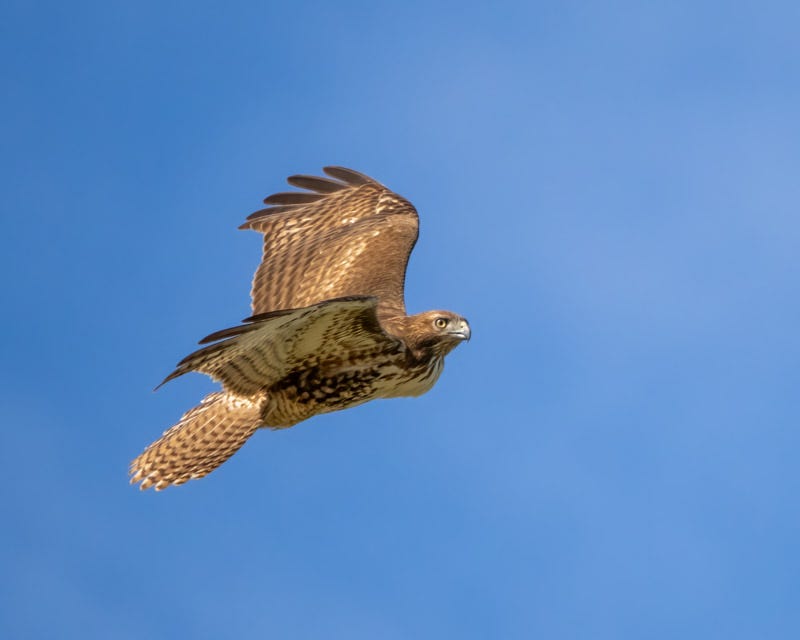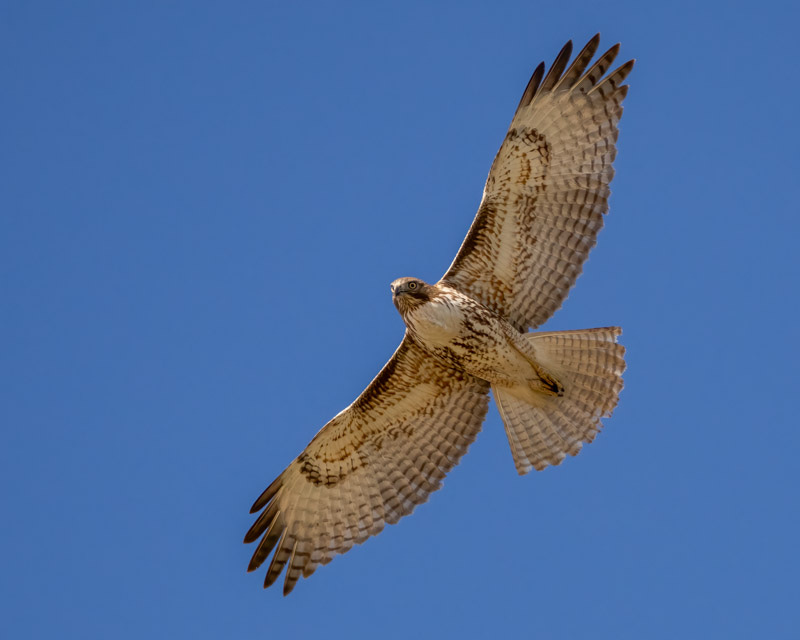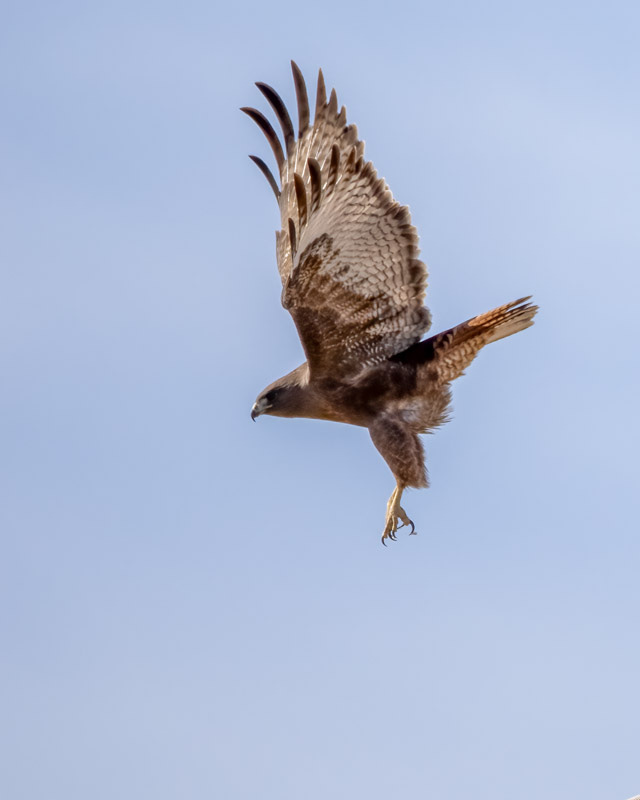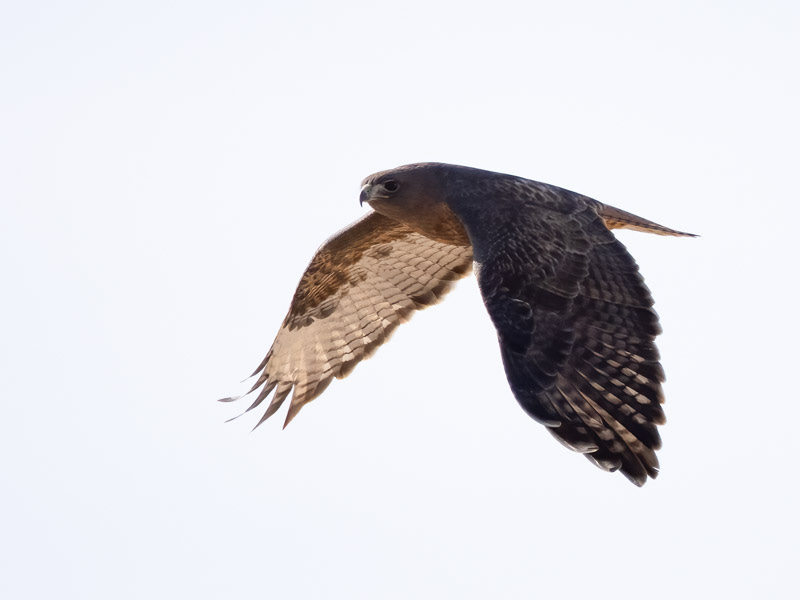A Trip to Yuma
Where the Colorado River meets the US Border
Some friends and I took a trip to Yuma recently. Yuma is in the southwestern corner of Arizona on the Colorado River. Yuma County is a major agricultural center with about 230,000 acres of farmland. 90% of the leafy vegetables grown in the US during the winter come from the Yuma area, so if you've eaten any salad since November, you were eating some of the 75 varieties of lettuce grown there. The screenshot below reflects just some of southern Yuma County.
We were interested in visiting an area that birders refer to as "Raptor Fields". Circular agriculture is being used here and is supposed to be more efficient in delivering water, reducing use and waste. These particular fields were about a mile in diameter.
The center pivot irrigation systems have two arms that, in this case, each runs about a half mile in length. The arms pivot around the field, delivering water through the 'hoses' hanging down from the system. In this flat and arid expanse, the top of the pivots provide the highest perches for raptors in the area. Here is one of the three Red-tailed Hawks on the first pivot we came to.
There also seemed to be thousands of birds, mostly Red-Winged Blackbirds, in the same field. They would drop into the vegetation, feed en masse, and then all fly up onto the pivot at the same time in a small murmuration.
Overhead a juvenile Red-tailed Hawk slowly circled. The horizontal stripes on this bird's tail let us know it was a juvenile. This bird took a beating on its right wing at some point.
While slowly driving towards another field, I saw a group of six raptors lift off from the next field, a half mile away. Rising quickly, the bright white underbelly of these birds let me know they were Ferruginous Hawks! Ferruginous Hawks are the largest soaring hawks in the US. This bird is named for the ferruginous or rust-colored feathers on its back, wings, and those two rusty legs that form a "V" in flight.
The Ferruginous Hawks quickly rose in the sky and then soared to the east. In southern Arizona, we see Ferruginous Hawks only during the winter. Their primary food source is prairie dogs and ground squirrels and as soon as the desert begins to heat up, the Ferruginous Hawks will head back north.
In the next field a dark Red-tailed Hawk took flight. This is another juvenile (note the striped tail feathers).
As the Red-tail circled around us, the power and grace in its wings was special to watch.
You can see the bulge in the Red-tail's chest. Its 'crop' was full. The crop is a muscular pouch at the base of the esophagus and above the chest, Daytime raptors store food there temporarily and begin the digestion process. When the bird's stomach is full, the crop remains enlarged and visible to observers.
The Red-tailed found a thermal and used the rising, warm air to lazily gain height before heading out of sight. While soaring overhead, the Red-tail's patagial marks are easily seen:this dark, leading edge of its wing is diagnostic of a Red-tail. This juvenile Red-tail also shows us a prominent "belly band" of feathers, one more tell-tale sign of a red-tail.
Another Red-tailed Hawk was perched on a nearby power pole. This was a very dark bird. Even in this dark bird, you can see its patagial mark along the leading edge of its wing. After a few minutes, it took off. Red-tailed Hawks are about two feet long, from head to tail. Each wing is also about two feet in length.
The sun was behind this bird as it flew so it remained in shadow as I took the photos. By now, the Red-tail's feet and legs were pulled underneath it as it powered forward.
The hawk seemed to glance at us as it flew on by. It was late afternoon and most of the raptors that flew off headed towards the east for some reason. There were large fields of date palms and perhaps that was where the birds planned to roost for the night.
We did get to see some nice raptors at the Raptor Fields after all. The next day we headed towards the Colorado River and Mittry Lake.



